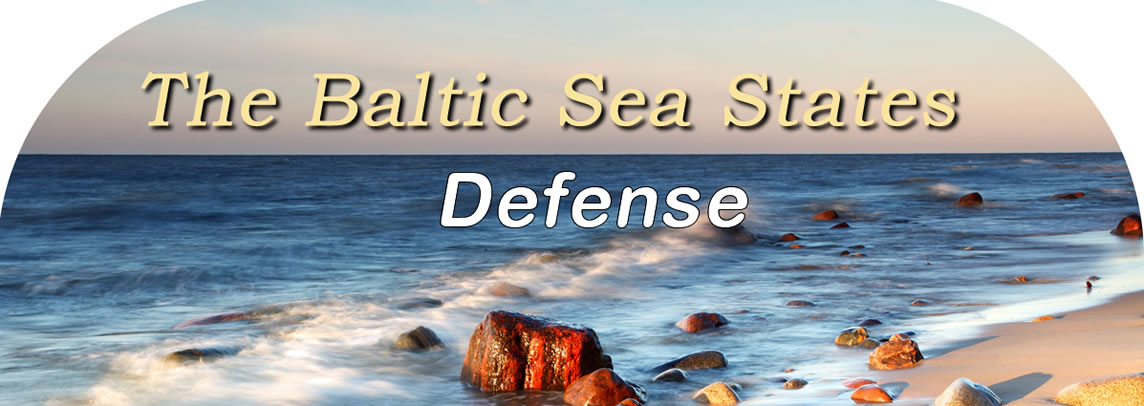
Russian Defense
In World War II, Russia
combined forces with Great Britain and the United States to defeat
the Nazi regime of Adolf Hitler. After World War II concluded, the
Soviet Union moved forward as an isolated actor and left these other
allied forces behind. The Soviet Union stood out as a major source
of power on the stage of political actors throughout the world.
Creation of the Iron Curtain
After World War II, Stalin had
a sole vision in mind to create the Iron Curtain. The Iron Curtain
is referred to as a collection of allied and isolated European
countries that abided by the communist ideology of Stalin. Some of
the borders surrounding countries contained in the "Iron Curtain"
were the Berlin Wall and Checkpoint Charlie.
As a result of Stalin's belief in the communist ideology and
development of the Iron Curtain, the United States and other
countries in the West grew to distrust the Soviet Union. The Cold
War ensued as a result of this distrust on the part of the West. In
1948, the Soviet Union eventually cut off the access of the United
States to Berlin. Germany became divided into two parts as a result
of the division. Eastern Germany was communist, and the Berlin Wall
became a symbol for the hostility that existed between the Soviet
Union and United States. These hostilities ultimately paved the way
to the creation of NATO, the North Atlantic Treaty Organisation.
Under NATO, a collective of countries made a pact to engage in a
mutual defence operation to protect themselves from the influence of
the Soviet Union. Countries included in the NATO pact include
Canada, the United States, France, Germany, the United Kingdom and
Portugal.
Modern Defence Policies in Russia
After the reign of Stalin, the
defence policies in Russia have taken a marked turn. In 2008,
Russian officials signed the Arctic policy into law. The Arctic
policy was developed by members of the Russian Security Council. The
Act seeks to preserve the national interests of Russia in the global
sphere. Other endeavors of the Act are to combat terrorism and
illegal migration. The policy is a shift from the previous
aggressive military policies that were once utilized by Russia.
Scholars note that the language used in the Arctic policy indicate
that Russia may be leaning toward a military policy that is more in
tune with international law.
The new Arctic policy strays from former assumptions used in the
2001 Arctic policy, which is based upon notions of a zero-sum
political game. In the 2001 document, other great powers in the
world were viewed directly as a threat to the national security of
Russia. However, the new document now maintains that Russia only
need consider all acts that provide for strengthening of military
infrastructure. Russia now contends that areas within 20,000
kilometers of the Arctic Ocean are within its own protection. The
Arctic area remains the most important place for placement of the
Russian navy.
In addition, it should be noted that Russia has taken measures to
intensify naval and air activity in its military. Strategic bomber
flights continue to be utilized by Russia. One of the key motivating
factors that is driving security policy of Russia now happens to be
access to energy resources. Russia is convinced that it will need to
compete for energy reserves in the future, and it has asserted its
stance in upholding a security policy shaped by this need. There has
also been increased military protection of oil and gas reserves
throughout Russia.

© Baltic21.org
2013, All Rights Reserved
|

